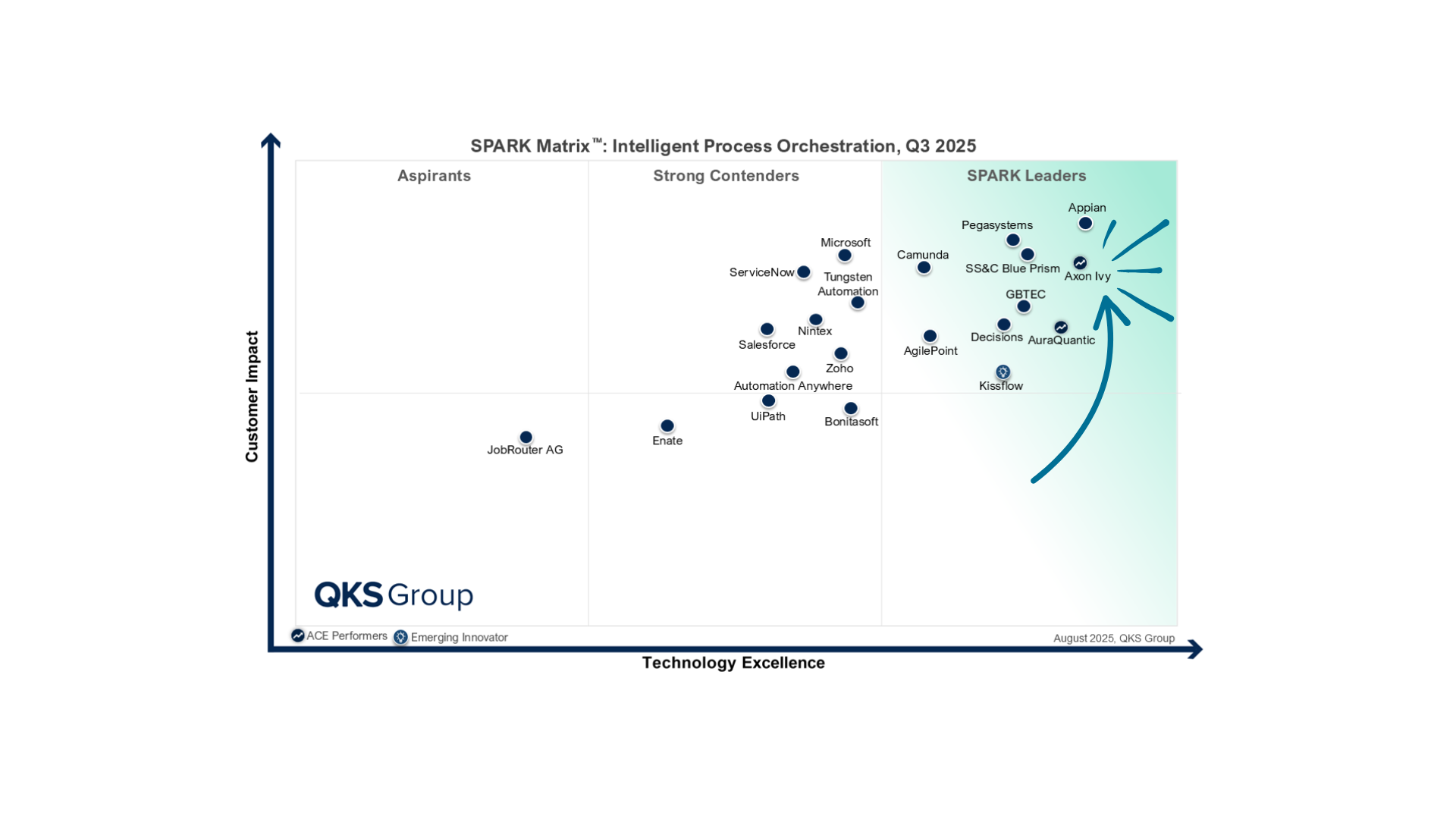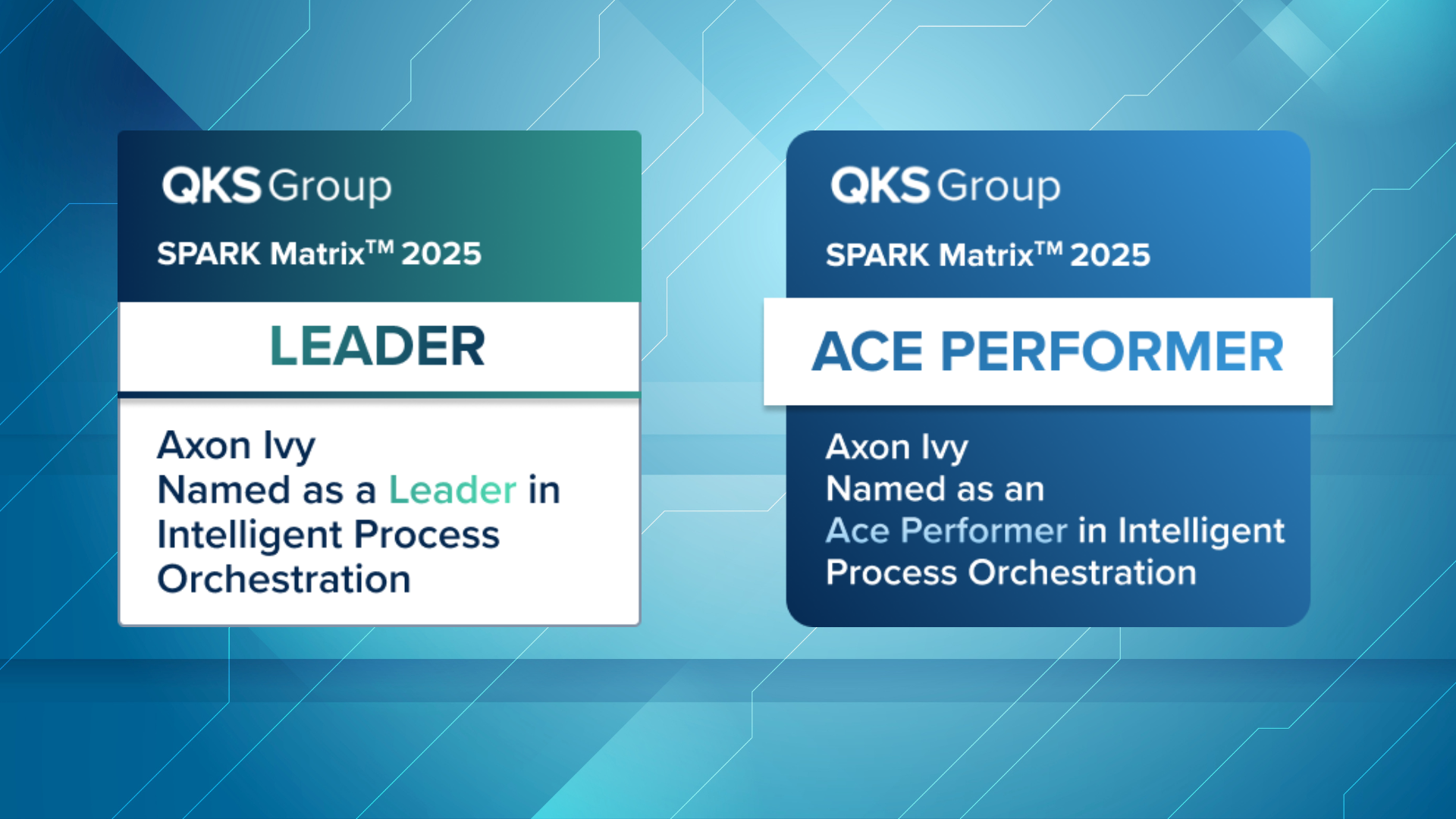
How Adaptive Case Management Works
As data shows, only 20% of business processes are well-structured and suitable for comprehensive automation. The majority of processes, however, are unstructured, lacking clearly defined sequences. In these cases, employees play a crucial role in managing processes effectively by leveraging their expertise and experience. Successful process automation often relies on loosely connected and flexible individual processes. This is where Adaptive Case Management (ACM) comes in.
What is Adaptive Case Management?
Imagine a process model that resembles a city map, filled with various junctions and alternate routes. Unlike structured, automated workflows that follow a fixed sequence, ACM focuses on achieving the goal rather than adhering to a rigid path. With ACM, the question shifts from "How should something be done?" to "What should be done?"
ACM introduces flexibility by allowing the addition of ad-hoc steps, modifying workflow sequences, or even skipping certain tasks entirely. When supported by an automation platform, unstructured processes can be integrated seamlessly with structured tasks.
“The integration of Adaptive Case Management as part of the automation of business processes is essential for companies.”
Marcel Prügel
Head of Product Management, Axon Ivy AG
A Route with Many Twists and Turns. Navigating Complex Processes with ACM
The business process in ACM is like a flexible route with possible deviations. Employees can deviate from the specified path with the support of the software, rather than being hindered by it. The automation platform facilitates this by executing ad hoc processes, adding tasks with a single click, or skipping unimportant tasks entirely.
Signals and Business Data
When designing a process model, it’s crucial to ensure that processes are loosely connected rather than rigidly fixed. This flexibility allows processes to integrate seamlessly, regardless of their creation time or origin. Signals and triggers serve as reference points to determine whether and how these connections are made.
The loose connection between processes means that it is necessary to share data within the processes. For this to work, data must be manipulable and adjustable independently. Traditional SQL schemas fall short in this context. Instead, NoSQL data storage solutions, such as Apache Cassandra or Elasticsearch, are essential. These systems support simultaneous access by multiple processes, enabling the dynamic data handling required for flexible process integration.
A Clear Overview with Case Maps
The final step is to develop a comprehensive overview of the case, which comprises a series of loosely connected processes that share common data. A case map, as a graphical representation, provides transparency and clarity. It integrates all processes related to the same case and goal, allowing for a cohesive view. Additionally, the case map can define phases where individual steps and sequences can be triggered on an ad hoc basis.
Axon Ivy provides insurance companies with a comprehensive claim management solution for automotive, life, and property claims. By integrating internal and external adjusters and reviewers into a seamless end-to-end process, the solution ensures faster processing, fewer errors, and greater customer satisfaction. Intelligent Adaptive Case Management is a key component of this automation project.
The Solution:
- A fully digital application for complete claims administration
- Intelligent Adaptive Case Management to handle various SLAs
- Management of multiple partner-specific SLAs
- Bi-directional integration with third-party systems
The automated end-to-end process enhances claim management efficiency by 50%. The solution effectively addresses the complexity and diversity of claims processes. Employees benefit from the automation through prioritized personal processes and the ability to determine task importance automatically. The intuitive design and modern, user-friendly interface ensure easy adoption without extensive training.
Agility and Flexibility Thanks to ACM
Since not all processes follow a structured path, incorporating ACM into business process automation is essential for maintaining agility and flexibility. ACM allows for the inclusion of employees' experience, adding significant value and ensuring that companies can fully leverage the benefits of process automation.




